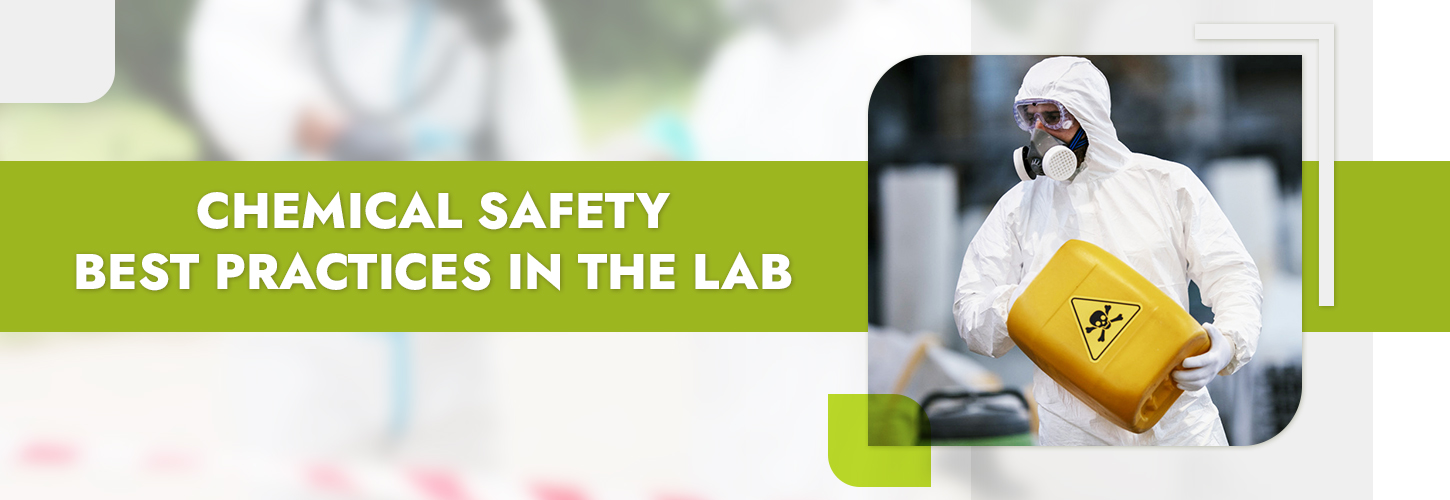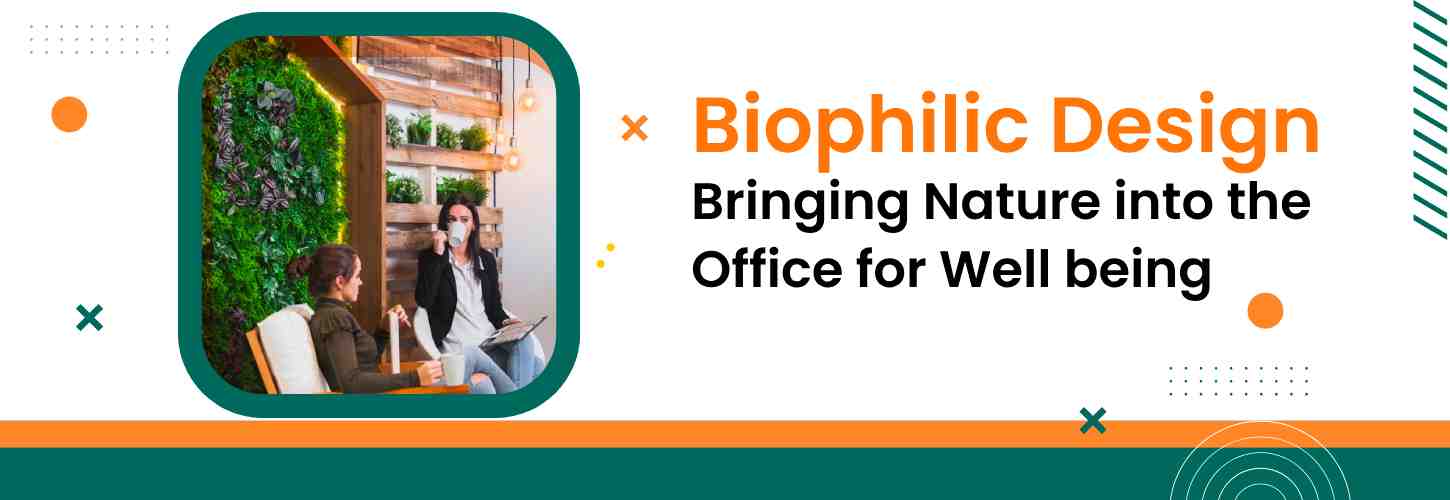Chemical safety in the laboratory is paramount for the well-being of researchers, students, and the environment. Adherence to best practices is essential to create a secure working environment and reduce the risk of accidents. This summary provides a detailed explanation of key aspects of chemical safety in the lab.
Safe Lab Practices
Ensuring safety in research involves not only utilizing engineering controls and personal protective equipment (PPE) but also adhering to good lab practices. Beyond physical protection, the importance of behavior that minimizes risks for oneself and colleagues is emphasized. While not exhaustive, these safe lab practices cover various common routes of exposure.
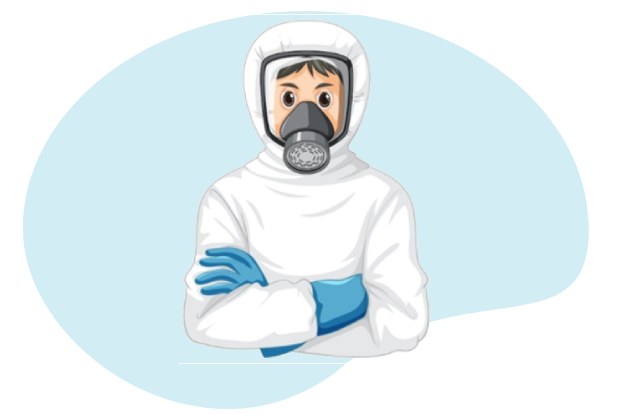
Four Fundamental principles are encouraged at the laboratory
- Plan ahead: Before commencing an experiment, it is advisable to plan by identifying and assessing potential hazards associated with the procedure.
- Minimize exposure to chemicals: Avoid skin contact with laboratory chemicals and utilize chemical hoods and other ventilation devices to minimize exposure to airborne substances whenever feasible.
- Do not underestimate hazards or risks: When dealing with chemical mixtures, assume their toxicity is greater than that of the most toxic component. Regard all new compounds and substances with unknown toxicity as hazardous. Evaluate how the chemicals will be processed and consider whether changes in states or forms, such as fine particles versus bulk material, alter the nature of the hazard.
- Be prepared for accidents: Before commencing an experiment, familiarize yourself with the appropriate steps to take in the event of an accidental release of any hazardous substance. Display emergency contact numbers prominently. Be aware of the locations of safety equipment, the nearest fire alarm, and telephone, and know whom to notify in case of an emergency. Be prepared to administer basic emergency treatment and keep your colleagues informed of your activities for appropriate responses.
- Ergonomics will continue to play a crucial role.
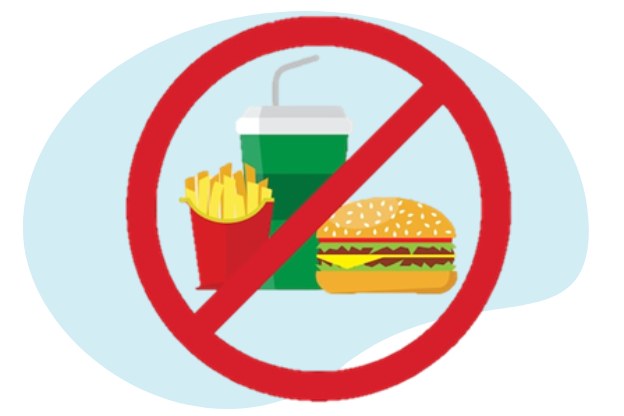
No Food or Drink
Consuming food in the lab poses numerous hazards, primarily increasing the risk of exposure to hazardous materials. Additionally, it can lead to mess, elevating the potential for experiment contamination and attracting pests. Furthermore, eating or drinking in the lab may serve as a distraction, potentially resulting in spills or more serious incidents.
Personnel Competency
Laboratory and support personnel who risk potential exposure to engineered nanoparticles should be given training on the risks of exposure and safe handling procedures. Do not assume that laboratory personnel or visiting researchers are aware of the health and safety concerns posed by nanomaterials. At a minimum, provide personnel conducting hands-on work with an awareness-level orientation that will alert them to concerns (potential hazards) and to the laboratory’s policies concerning prudent material handling.
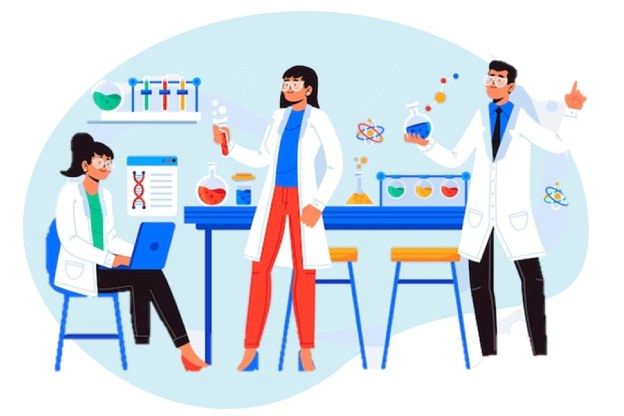
Training should cover requirements and recommendations for

- employing engineered controls,
- using PPE,
- handling potentially contaminated laboratory garments and protective clothing,
- cleaning of potentially contaminated surfaces,
- disposal of spilled nanoparticles, and
- use of respirators, if applicable.
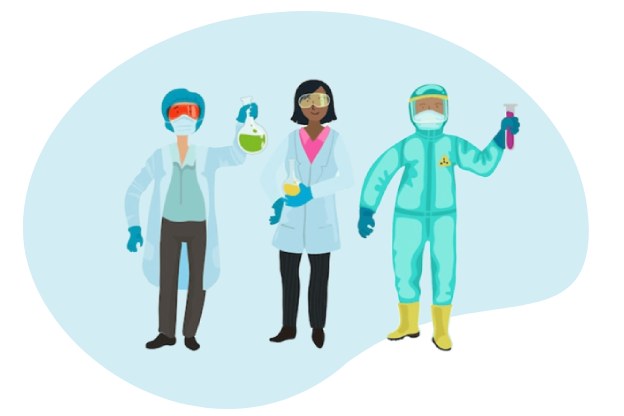
Wear Your PPE and Proper Lab Attire
Follow lab safety guidelines by wearing lab coats, gloves, eye protection, and appropriate attire at all times. Ensure the use of long pants and fully-covered shoes while working in the lab. Lab coats protect against chemicals, biological agents, and flames, safeguarding both clothes and skin. Safety glasses or goggles protect eyes from physical and chemical harm, crucial given the permanence of eye injuries. Gloves shield the skin from hazardous materials, emphasizing proper removal and disposal procedures to prevent exposure.
Good Hygiene
Maintain hygiene by washing hands after handling hazardous materials, before and after eating, and before leaving the lab. Keep personal items separate from lab work to prevent the spread of hazardous reagents and potential exposure. Avoid applying cosmetics in the lab, as it poses a significant risk around the mouth and eyes. Use lotion to prevent exposure through dry and cracked skin, ensuring hand health and minimizing the risk of exposure.
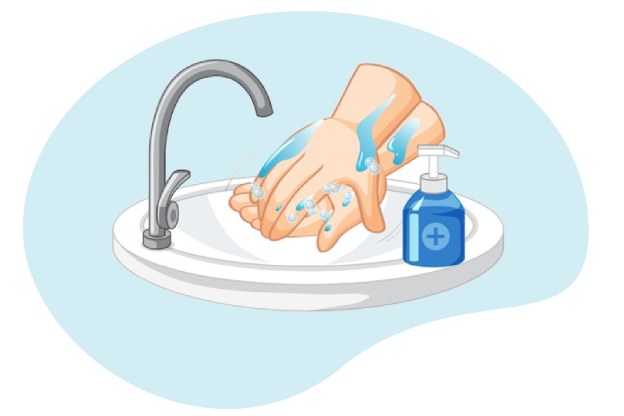
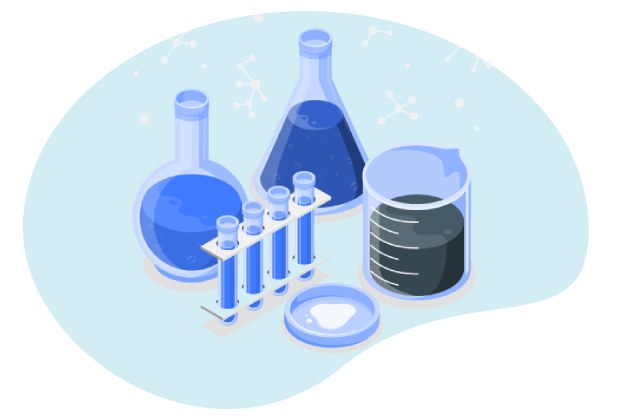
Use Proper Storage Containers
Label containers, cabinets, and waste with contents and hazards. Use non-reactive containers for chemicals, avoiding materials prone to reactions. Store large volumes of flammable chemicals in fire-rated cabinets, acids, and caustics in separate cabinets with plastic lining, and reactive chemicals separately. Employ non-reactive containers or liners for waste storage to ensure safety in both chemical storage and waste management.
Label Your Work-Space
Label all containers in the lab with their contents, including hazards present, to inform those working nearby and visitors about potential risks. Additionally, ensure that any research process involving specific hazards is appropriately labeled with the corresponding hazard information.
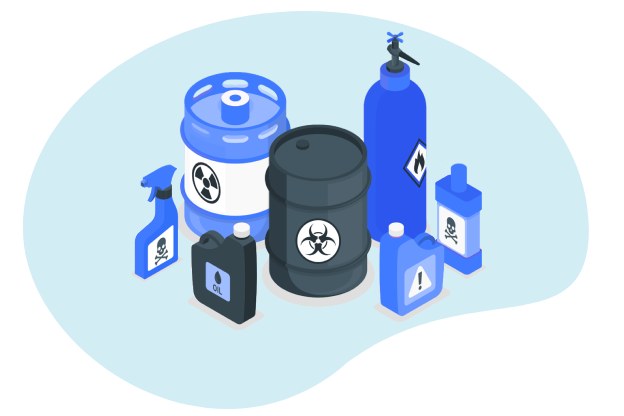

Don’t Work Alone
In normal laboratory operations, avoid working alone for increased safety. Additional observers can identify hazards not immediately visible, and having fellow researchers nearby ensures quicker emergency support. Adjustments to this policy are necessary in situations requiring reduced researcher presence. Notify your PI or supervisor before entering and leaving the lab, and maintain communication with neighboring labs to inform them of your presence in the general area.
Lone Worker Devices
Consider using lone worker (man down) devices in higher hazard laboratories, and contact EH&S for additional details.
Stay Focused and Aware of Your Surroundings
In a busy lab environment with diverse projects, awareness of the surroundings is crucial. Stay focused when working with hazardous materials, minimizing distractions and avoiding headphones to maintain situational awareness. Listening to music at a lower volume or with one ear uncovered enhances the ability to hear important sounds and warnings from colleagues, ensuring a safer working environment.
Participate in Safety Exercises
Ensure lab members know the location and use of safety equipment, and evacuation procedures, and participate in annual drills for reinforcement and practice.
Conclusion
By consistently following these best practices, laboratories can significantly reduce the risks associated with chemical handling and create a safer working environment for everyone involved. Regular communication, training, and a commitment to safety culture are essential components of a successful chemical safety program.
Contact Us
Kindly call our Experts @ +91 8121563728 / +91 8015527650 or mail us @ kalyan.r@greenworldsafety.com / indumanasa.m@greenwgroup.com
Get Your Query Answered / Get Expert Assistance To Choose the Right Course for You Or Your Associates

